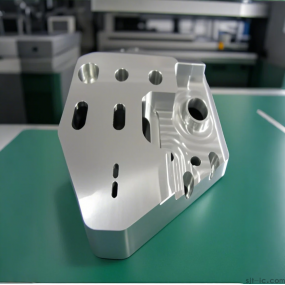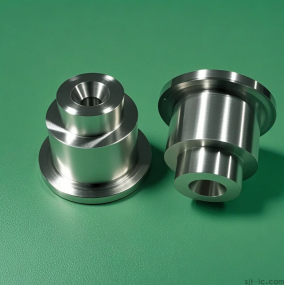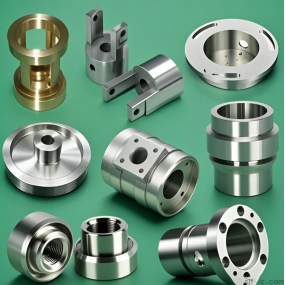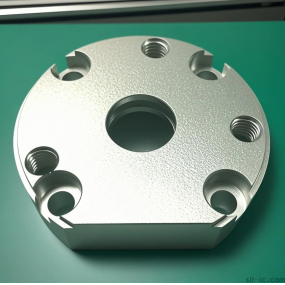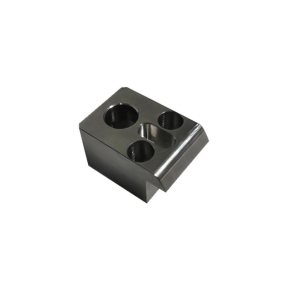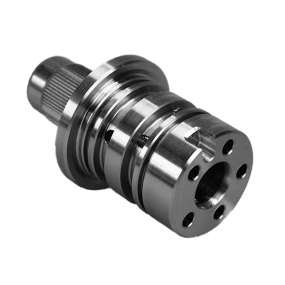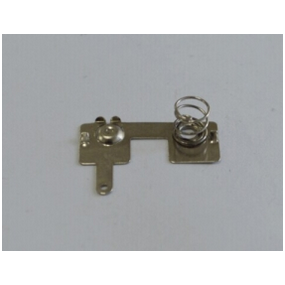Equipment shell has always been a hot-selling product in the Sheet Metal Processing industry. Generally, sheet metal processing is selected for shell processing. Because the material life of sheet metal processing is long, it is very suitable for use in equipment. Although shell processing is a more prominent processing form in the processing industry, there are still some inevitable problems to be paid attention to during processing. These 4 details need to be paid attention to in sheet metal shell processing:
1. Sheet metal shell processing is more complicated. In the manufacturing process, it is necessary to use hands or tools to convert some metal plates into the shape and size required by the customer. In this process, some parts need to be welded to achieve the design goal. Therefore, the material selection of sheet metal cabinets is very careful.
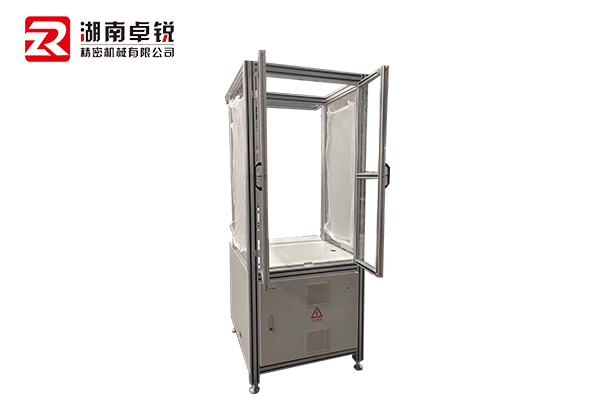 2. When bending the sheet metal shell, the tools and grooves used for bending should be determined according to the dimensions on the drawings and the thickness of the data. Preventing the deformation caused by the collision between the product and the tool is the key to the selection of the upper mold (in the same product, different types of upper molds can be used), and the selection of the lower mold should be determined according to the thickness of the plate.
2. When bending the sheet metal shell, the tools and grooves used for bending should be determined according to the dimensions on the drawings and the thickness of the data. Preventing the deformation caused by the collision between the product and the tool is the key to the selection of the upper mold (in the same product, different types of upper molds can be used), and the selection of the lower mold should be determined according to the thickness of the plate.
3. In the processing of sheet metal shell, after cutting, it usually enters the next process, and different workpieces enter the corresponding process according to the processing requirements. There are bending, riveting, flanging, tapping, spot welding, convex shell, and segment difference. Sometimes after bending once or twice, the nut or stud should be pressed well. The center with mold convex hull and segment difference should be processed first, so as to avoid the intervention of other processes after processing first, and the required processing cannot be completed. If there are hooks on the upper cover or lower shell, if it is bent and cannot be welded later, it should be processed before bending.
4. Surface treatment should be carried out after the bending, pressure riveting and other processes are completed. Different plate surfaces are treated differently. After the cold plate is processed, the surface is usually electroplated. After electroplating, no spray treatment is carried out. Phosphating treatment is used, and then spray treatment is carried out. The surface of the electroplated plate should be cleaned, degreased, and then sprayed.
In summary, there are some details that need to be paid attention to during the processing of sheet metal shells. If you pay attention to these details during the processing of sheet metal shells, I believe you can process high-quality sheet metal shell products.


 Spanish
Spanish Arabic
Arabic French
French Portuguese
Portuguese Belarusian
Belarusian Japanese
Japanese Russian
Russian Malay
Malay Icelandic
Icelandic Bulgarian
Bulgarian Azerbaijani
Azerbaijani Estonian
Estonian Irish
Irish Polish
Polish Persian
Persian Boolean
Boolean Danish
Danish German
German Filipino
Filipino Finnish
Finnish Korean
Korean Dutch
Dutch Galician
Galician Catalan
Catalan Czech
Czech Croatian
Croatian Latin
Latin Latvian
Latvian Romanian
Romanian Maltese
Maltese Macedonian
Macedonian Norwegian
Norwegian Swedish
Swedish Serbian
Serbian Slovak
Slovak Slovenian
Slovenian Swahili
Swahili Thai
Thai Turkish
Turkish Welsh
Welsh Urdu
Urdu Ukrainian
Ukrainian Greek
Greek Hungarian
Hungarian Italian
Italian Yiddish
Yiddish Indonesian
Indonesian Vietnamese
Vietnamese Haitian Creole
Haitian Creole Spanish Basque
Spanish Basque

